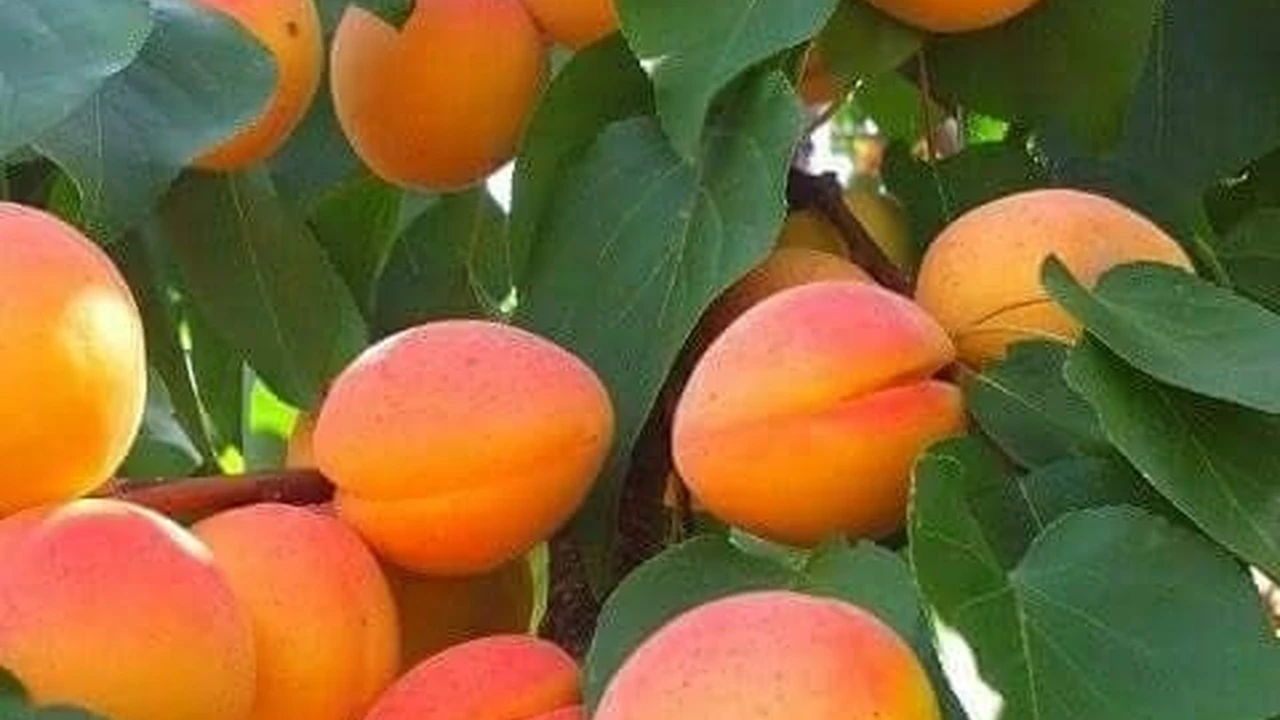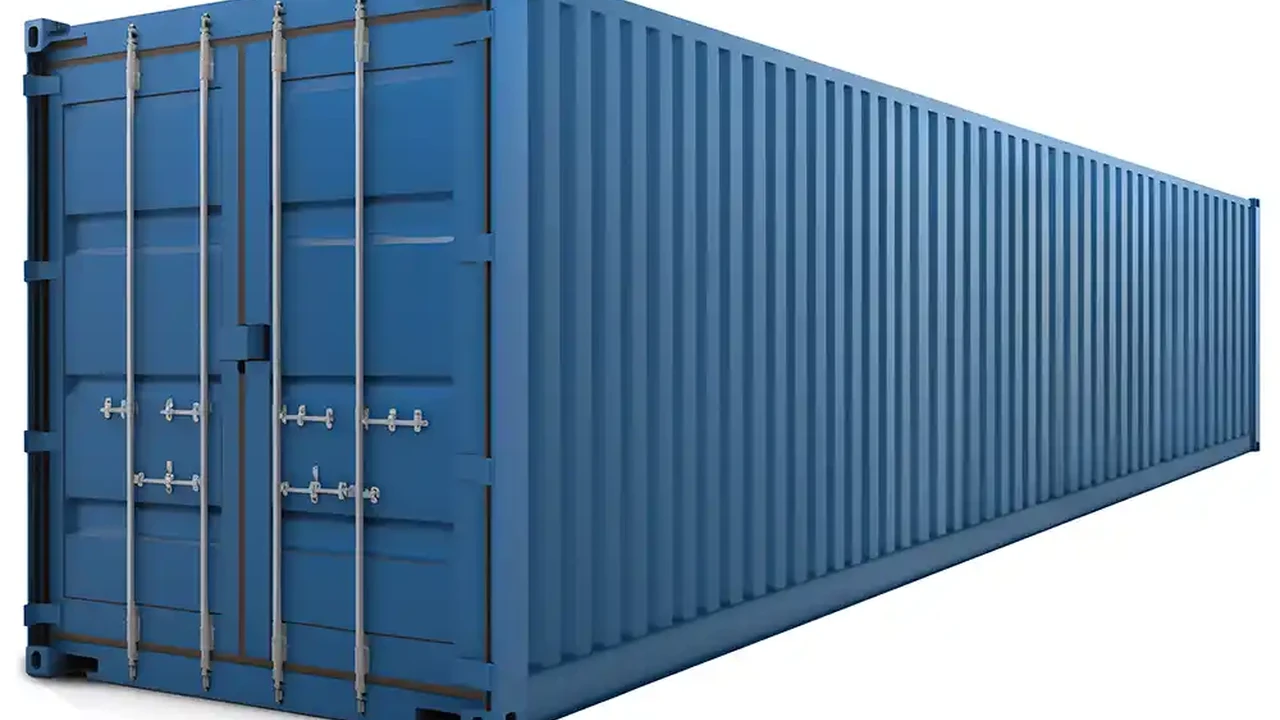Best Vegetables for Shady Gardens Top 5 Picks
Discover the top 5 vegetables that thrive in partial shade. Make the most of your less sunny garden spots.

Best Vegetables for Shady Gardens Top 5 Picks
Hey there, fellow gardeners! Ever looked at that shady corner of your yard and thought, 'Nothing will ever grow there'? Well, think again! While most vegetables crave sunshine, there are some amazing, resilient plants that actually prefer a bit of shade. Whether you've got a north-facing garden, a yard full of mature trees, or just a spot that gets less than six hours of direct sun, you can still have a thriving vegetable patch. Let's dive into the best vegetables that don't mind a little less sun and how you can make them flourish.
Understanding Shade Levels for Vegetable Gardening Success
Before we get into the specific veggies, it's super important to understand what 'shade' actually means in gardening terms. It's not all or nothing! Here's a quick breakdown:
- Full Sun: 6+ hours of direct sunlight per day. This is what most vegetables prefer.
- Partial Sun: 4-6 hours of direct sunlight per day, often in the morning or late afternoon.
- Partial Shade: 2-4 hours of direct sunlight per day, usually in the morning, with protection from intense afternoon sun.
- Full Shade: Less than 2 hours of direct sunlight per day, or dappled light all day. Very few vegetables will thrive here, but some leafy greens might tolerate it.
For this guide, we're mostly focusing on vegetables that do well in partial sun to partial shade. They might not produce as much as their full-sun counterparts, but you'll still get a decent harvest!
Top 5 Vegetables That Thrive in Shady Garden Spots
1. Leafy Greens Spinach Lettuce Kale and Swiss Chard
When it comes to shade-tolerant vegetables, leafy greens are your absolute best friends. They don't need intense sunlight to produce tender, delicious leaves. In fact, too much hot afternoon sun can cause them to bolt (go to seed) quickly, making their leaves bitter. Partial shade helps keep them cool and extends their harvest season.
Spinach Growing Tips and Product Recommendations
Spinach is a superstar in shadier spots. It loves cool weather and moist soil. You can sow seeds directly in early spring or late summer for a fall harvest. 'Bloomsdale Long Standing' and 'Tyee' are great varieties that handle a bit of shade well.
- Product Recommendation: Burpee Spinach 'Bloomsdale Long Standing' Seeds
- Use Case: Ideal for direct sowing in partial shade.
- Comparison: Known for its crinkled, dark green leaves and slow bolting.
- Price: Around $3.50 - $5.00 per packet.
Lettuce Varieties and Care in Low Light
Lettuce, especially loose-leaf varieties, is another excellent choice. It's quick-growing and perfect for continuous harvesting. 'Black Seeded Simpson' and 'Buttercrunch' are reliable options.
- Product Recommendation: Botanical Interests Lettuce 'Black Seeded Simpson' Seeds
- Use Case: Fast-growing, great for cut-and-come-again harvesting in partial shade.
- Comparison: Very heat tolerant for a lettuce, making it good for slightly warmer shady spots.
- Price: Around $3.00 - $4.50 per packet.
Kale and Swiss Chard Resilient Greens for Shady Areas
Kale and Swiss chard are incredibly hardy and can tolerate quite a bit of shade, though they might not grow as large as in full sun. They're also very cold-tolerant, extending your harvest into cooler months. 'Lacinato' (Dinosaur) kale and 'Bright Lights' Swiss chard are beautiful and productive.
- Product Recommendation: Johnny's Selected Seeds Kale 'Lacinato' Seeds
- Use Case: Robust growth even in partial shade, excellent for cooking.
- Comparison: Known for its unique texture and rich flavor, very cold hardy.
- Price: Around $4.00 - $6.00 per packet.
2. Root Vegetables Carrots Radishes and Beets
While root vegetables generally prefer sun for optimal root development, many can still produce a decent harvest in partial shade. The key is to ensure the soil is loose and well-draining. They might not grow as large or as quickly, but they'll still be tasty!
Carrots Growing in Partial Shade Tips
Carrots can do surprisingly well in partial shade, especially if they get morning sun. Look for shorter, quicker-maturing varieties. 'Danvers 126' and 'Nantes' are good choices.
- Product Recommendation: Ferry-Morse Carrot 'Danvers 126' Seeds
- Use Case: Reliable producer in less-than-ideal sun conditions.
- Comparison: A classic, dependable variety that adapts well.
- Price: Around $2.50 - $4.00 per packet.
Radishes Quick Harvest in Shady Spots
Radishes are super fast-growing and can be harvested in as little as three weeks. They actually prefer cooler temperatures, so partial shade can prevent them from bolting and becoming woody. 'Cherry Belle' is a popular, easy-to-grow variety.
- Product Recommendation: American Meadows Radish 'Cherry Belle' Seeds
- Use Case: Quick turnaround, perfect for filling small shady gaps.
- Comparison: Known for its crisp texture and mild flavor.
- Price: Around $2.00 - $3.50 per packet.
Beets Cultivation in Lower Light Conditions
Beets are another versatile root crop that tolerates partial shade. You can harvest both the roots and the greens! 'Detroit Dark Red' is a classic, reliable variety.
- Product Recommendation: Park Seed Beet 'Detroit Dark Red' Seeds
- Use Case: Dual-purpose crop (roots and greens) for partial shade.
- Comparison: Excellent flavor and good storage qualities.
- Price: Around $3.00 - $4.50 per packet.
3. Brassicas Broccoli Cabbage and Cauliflower
Many members of the brassica family (also known as cole crops) can handle partial shade, especially if it protects them from the intense heat of the afternoon sun. They need consistent moisture and rich soil.
Broccoli Growing in Partial Shade
Broccoli can produce smaller heads in partial shade, but it's still a worthwhile crop. Morning sun is ideal, followed by afternoon shade. 'Waltham 29' is a good, dependable variety.
- Product Recommendation: Gurney's Seed & Nursery Broccoli 'Waltham 29' Seeds
- Use Case: Reliable producer of main heads and side shoots in partial shade.
- Comparison: Cold-hardy and good for fall planting.
- Price: Around $3.50 - $5.00 per packet.
Cabbage Varieties for Shady Gardens
Cabbage also appreciates some afternoon shade, which can prevent bolting and keep the heads from splitting. 'Early Jersey Wakefield' is a good early-season option.
- Product Recommendation: True Leaf Market Cabbage 'Early Jersey Wakefield' Seeds
- Use Case: Produces conical heads, good for smaller spaces and partial shade.
- Comparison: Known for its sweet flavor and early maturity.
- Price: Around $3.00 - $4.50 per packet.
Cauliflower Cultivation in Lower Light
Cauliflower is a bit more finicky than broccoli or cabbage, but it can still be grown in partial shade. It needs consistent moisture and cool temperatures to form good heads. 'Snowball' is a classic variety.
- Product Recommendation: Eden Brothers Cauliflower 'Snowball' Seeds
- Use Case: Can produce decent heads in partial shade, especially with consistent care.
- Comparison: A traditional, reliable white cauliflower.
- Price: Around $3.50 - $5.00 per packet.
4. Peas and Bush Beans Shade Tolerant Legumes
While most beans and peas prefer full sun, some varieties, especially bush beans and shelling peas, can tolerate partial shade. They might produce a slightly smaller yield, but they're still worth growing for fresh pods.
Peas Growing in Partial Shade
Peas love cool weather, so partial shade can actually extend their growing season, especially in warmer climates. 'Sugar Snap' and 'Green Arrow' are excellent choices.
- Product Recommendation: Renee's Garden 'Sugar Snap' Pea Seeds
- Use Case: Sweet, edible pods, good for snacking and tolerates some shade.
- Comparison: A very popular and reliable snap pea variety.
- Price: Around $4.00 - $6.00 per packet.
Bush Beans for Lower Light Conditions
Bush beans are generally more shade-tolerant than pole beans. They're also compact, making them great for smaller shady spots. 'Provider' and 'Contender' are reliable bush bean varieties.
- Product Recommendation: Botanical Interests Bush Bean 'Provider' Seeds
- Use Case: High-yielding bush bean that can handle partial shade.
- Comparison: Known for its early maturity and disease resistance.
- Price: Around $3.00 - $4.50 per packet.
5. Herbs Many Varieties Thrive in Shade
Okay, so herbs aren't technically 'vegetables,' but they're often grown in the vegetable garden and many absolutely love partial shade. They're fantastic for filling in those less sunny spots and adding flavor to your meals.
Mint Growing in Shady Areas
Mint is notorious for spreading, and it actually prefers a bit of shade, especially in hot climates. It's a great choice for a shady, moist spot where you want something vigorous. Just be sure to contain it!
- Product Recommendation: Bonnie Plants Peppermint Live Plant
- Use Case: Vigorous growth in partial shade, great for teas and culinary uses.
- Comparison: Live plant ensures quicker establishment than seeds.
- Price: Around $4.00 - $7.00 per plant.
Cilantro and Parsley Shade Loving Herbs
Cilantro and parsley both prefer cooler temperatures and can bolt quickly in full sun. Partial shade helps extend their harvest. Sow seeds every few weeks for a continuous supply.
- Product Recommendation: Burpee Cilantro 'Santo' Seeds
- Use Case: Slow-bolting variety, ideal for partial shade to extend harvest.
- Comparison: Known for its strong flavor and good leaf production.
- Price: Around $3.00 - $4.50 per packet.
Chives and Oregano Resilient Herbs for Lower Light
Chives are incredibly hardy and will grow almost anywhere, including partial shade. Oregano also tolerates some shade, though its flavor might be slightly less intense than when grown in full sun.
- Product Recommendation: Botanical Interests Chives Seeds
- Use Case: Easy to grow, perennial herb for partial shade.
- Comparison: Provides a mild onion flavor, great for garnishes.
- Price: Around $2.50 - $4.00 per packet.
Tips for Maximizing Yield in Shady Vegetable Gardens
Soil Preparation and Amendments for Shady Spots
Good soil is even more crucial in shady gardens. Since plants might not be getting as much energy from the sun, they need all the nutrients they can get from the soil. Amend your soil generously with organic matter like compost. This improves drainage (important in shadier, often wetter spots) and provides a slow release of nutrients.
- Product Recommendation: Espoma Organic Compost
- Use Case: Improves soil structure and fertility in shady garden beds.
- Comparison: High-quality, OMRI-listed organic compost.
- Price: Around $8.00 - $12.00 per bag (1 cubic foot).
Watering Strategies for Shade Tolerant Vegetables
Shady areas tend to retain moisture longer than sunny spots. While consistent moisture is good, you don't want waterlogged soil. Check the soil moisture regularly by sticking your finger about an inch or two deep. Water when the top inch or two feels dry. Overwatering can lead to root rot and fungal diseases in shadier conditions.
Fertilization for Optimal Growth in Lower Light
Even with good compost, a little extra boost can help. Use a balanced, slow-release organic fertilizer. For leafy greens, a fertilizer higher in nitrogen can encourage lush foliage. Apply according to package directions, usually every 4-6 weeks during the growing season.
- Product Recommendation: Jobes Organics All-Purpose Granular Fertilizer 4-4-4
- Use Case: Provides balanced nutrients for general vegetable growth in partial shade.
- Comparison: Organic, slow-release formula, easy to apply.
- Price: Around $10.00 - $15.00 per 4 lb bag.
Pest and Disease Management in Shady Gardens
Shady, moist conditions can sometimes be more conducive to certain pests (like slugs and snails) and fungal diseases (like powdery mildew). Good air circulation is key. Space your plants appropriately and consider pruning lower leaves if they're too dense. Keep an eye out for issues and address them promptly with organic solutions.
- Product Recommendation: Sluggo Plus Slug and Snail Killer
- Use Case: Organic control for slugs and snails, common in moist, shady areas.
- Comparison: Pet and wildlife friendly, iron phosphate based.
- Price: Around $12.00 - $18.00 per 1 lb container.
Container Gardening in Shady Areas
If your entire yard is shady, don't despair! Container gardening is a fantastic option. You can move pots around to catch the best light throughout the day, or simply place them in your shadiest spots with the right plants. Leafy greens, radishes, and many herbs do wonderfully in containers.
- Product Recommendation: Gardener's Supply Company Smart Pots Fabric Planters
- Use Case: Excellent for container gardening in shady spots, promotes air pruning for healthier roots.
- Comparison: Breathable fabric prevents root circling and overheating.
- Price: Around $5.00 - $15.00 depending on size.
Embracing the Shade in Your Vegetable Garden
So, there you have it! Don't let a lack of full sun deter you from growing your own delicious vegetables. By choosing the right plants and giving them a little extra care, you can turn those less sunny spots into productive and beautiful parts of your garden. Experiment with different varieties, pay attention to your soil, and enjoy the bounty from your shady patch. Happy gardening!
:max_bytes(150000):strip_icc()/277019-baked-pork-chops-with-cream-of-mushroom-soup-DDMFS-beauty-4x3-BG-7505-5762b731cf30447d9cbbbbbf387beafa.jpg)





